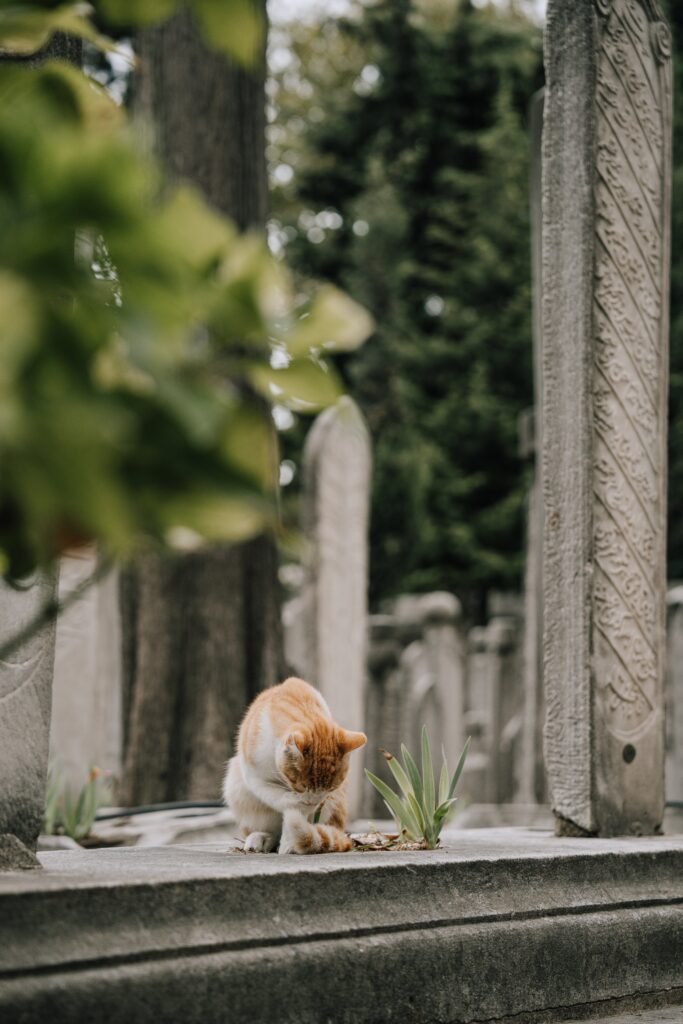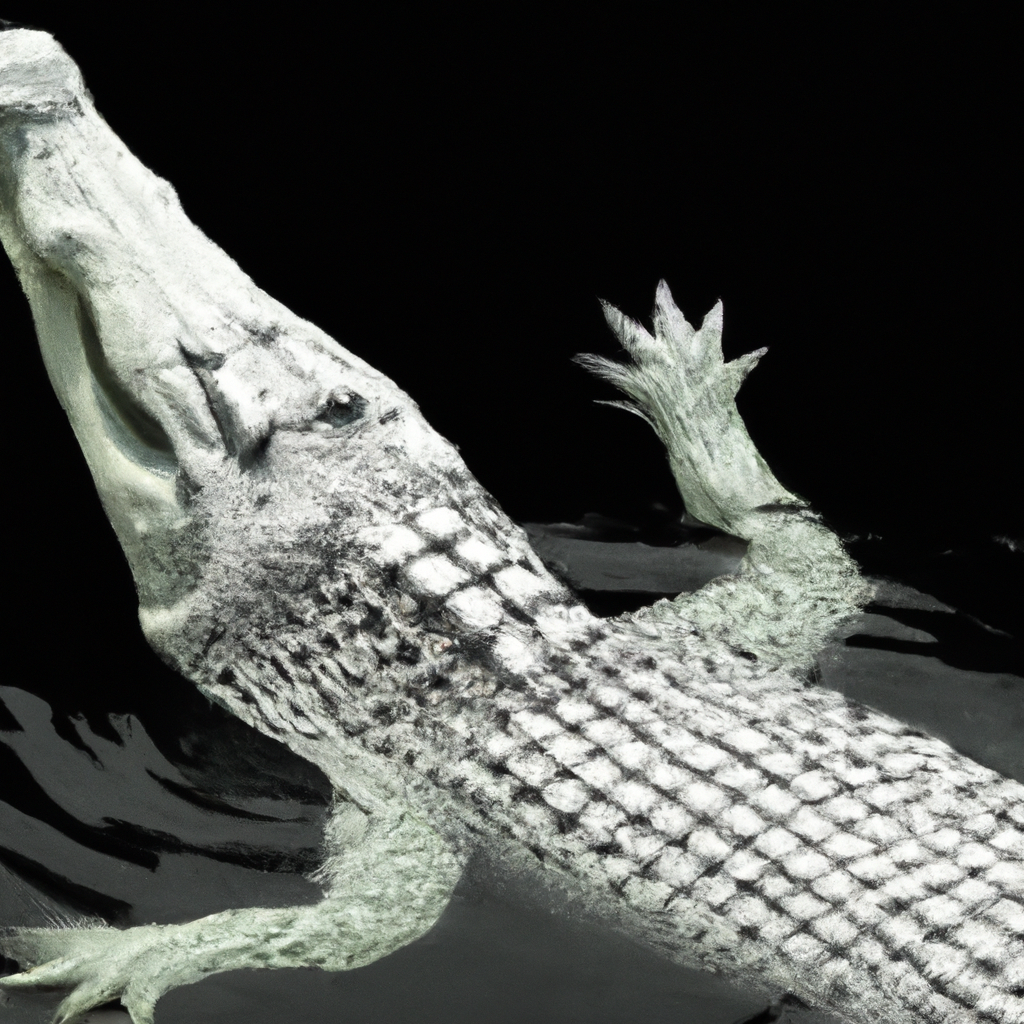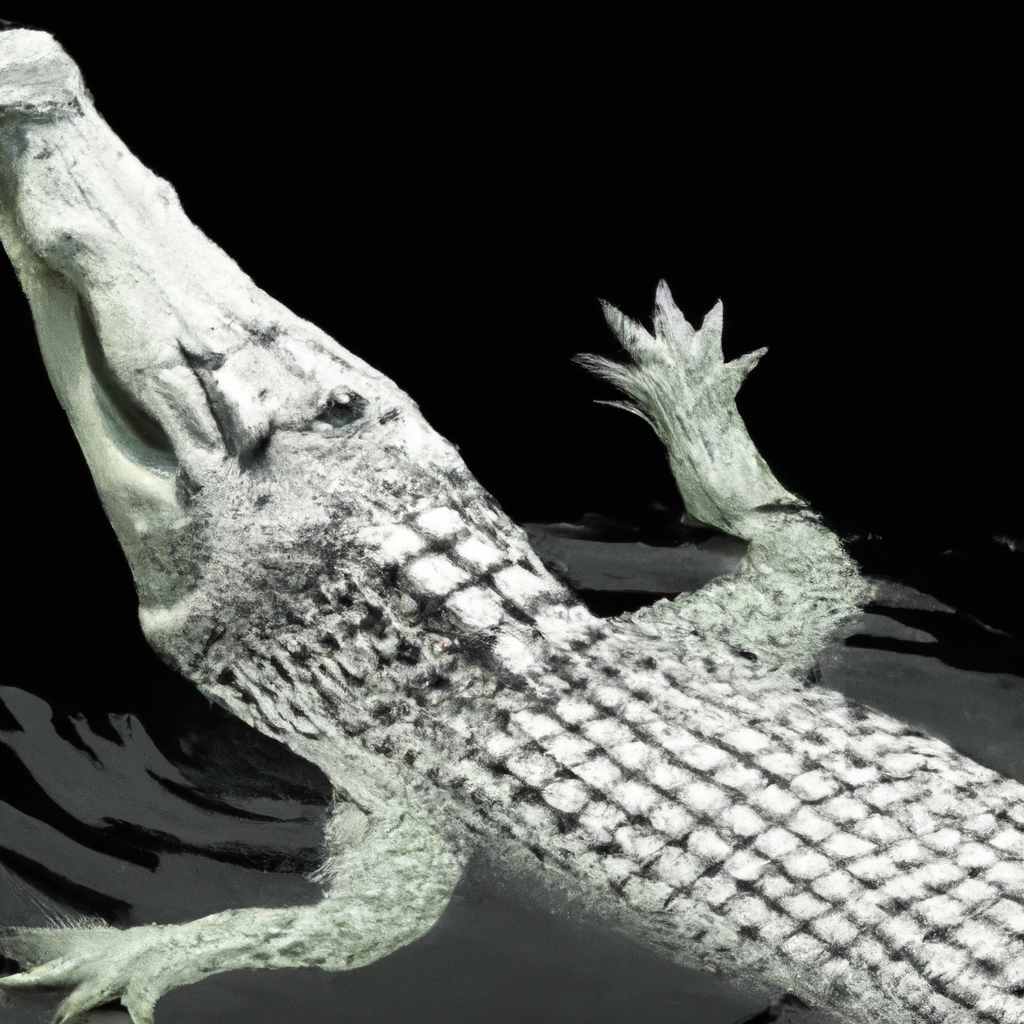In the world of art, literature, and folklore, the awe-inspiring presence of crocodiles has always captured the imagination of humanity. This fascinating creature, with its powerful jaws and armor-like scales, has been deeply rooted in various cultures around the globe. From ancient mythologies depicting crocodiles as divine entities to modern-day films portraying them as fearsome predators, the omnipresence of these reptiles in our society is undeniable. Join us as we explore the multifaceted role of crocodiles in cultural narratives, revealing the deep admiration and intrigue they have garnered throughout history.
Mythology and Symbolism
Ancient mythology and folklore
Ancient cultures around the world have often incorporated crocodiles into their mythology and folklore. These creatures have been revered and feared for thousands of years due to their powerful and fierce nature. In ancient Egyptian mythology, the crocodile-headed god Sobek was associated with fertility, protection, and the Nile River. In Hindu mythology, the crocodile is associated with the deity Varuna, who represents the celestial ocean and the cycles of creation and destruction. These ancient beliefs and stories have shaped the way crocodiles are perceived in different cultures.
Religious symbolism
Crocodiles symbolize various aspects within different religious traditions. In some African cultures, the crocodile is seen as a sacred creature and associated with ancestral spirits. In Christianity, the crocodile is often associated with deceit and cunning, representing the Devil himself. This religious symbolism reflects the diverse and sometimes contradictory meanings assigned to crocodiles throughout history.
Cultural symbolism
Crocodiles also hold significant cultural symbolism in many societies. In some ancient Australian Aboriginal cultures, the crocodile is seen as a creator being and a symbol of power and authority. In Southeast Asian cultures, the crocodile is seen as a symbol of fertility and protection. These cultural symbols demonstrate the unique interpretations and perceptions of crocodiles across different communities.
Cocodrilos in Art and Literature
Paintings and sculptures
Crocodiles have been a subject of fascination for artists throughout history. In ancient Egyptian art, crocodiles were often depicted in elaborate hieroglyphics and sculptures, portraying their connection to deities and the afterlife. In more contemporary art, crocodiles have been portrayed in various styles and mediums, capturing their awe-inspiring presence and unique characteristics.
Poetry and literature
Crocodiles have also played a role in poetry and literature. From ancient epics to modern novels, crocodiles have been used as symbols of danger, power, and primal instincts. In Rudyard Kipling’s “The Jungle Book,” the character of Kaa, an enormous python, engages in a battle of wits with a crocodile named Mugger. These literary representations highlight the intrigue and mystique surrounding these formidable creatures.
Film and television
Crocodiles have made their way onto the big screen and into our living rooms through film and television. From iconic movies like “Lake Placid” to thrilling documentaries showcasing their hunting prowess, crocodiles have captured the imagination of filmmakers and viewers alike. Their reptilian presence and unpredictable behavior make them ideal subjects for storytelling and entertainment.

Cocodrilos in Popular Culture
Fashion and design
Crocodile skin has long been synonymous with luxury and opulence in the realm of fashion. High-end designers incorporate crocodile leather into their accessories such as handbags, belts, and shoes, symbolizing status and sophistication. The distinctive texture and durability of crocodile skin make it a coveted material in the world of fashion and design.
Advertising and branding
Crocodiles have also been utilized in advertising and branding, evoking specific connotations and characteristics. The crocodile logo of the iconic fashion brand Lacoste has become instantly recognizable worldwide, representing elegance, style, and vitality. This branding strategy showcases how crocodiles can be used to create a strong and memorable identity for a brand.
Sports mascots
Sports teams often adopt animals or creatures as their mascots, and crocodiles are no exception. The Crocodiles of Cairns, a professional basketball team in Australia, derive their name and identity from these formidable reptiles. The team’s mascot, a friendly crocodile character, brings energy and excitement to games, engaging fans of all ages. Crocodiles as sports mascots add a unique and powerful element to team branding and fan culture.
Cocodrilos in Indigenous Cultures
Native rituals and ceremonies
Crocodiles hold significant importance in the rituals and ceremonies of indigenous cultures across different regions. In some African societies, crocodile dances are performed to celebrate the power and ferocity of these creatures, invoking their spirit and strength. These ceremonies honor and pay respect to the natural world and the creatures that inhabit it.
Traditions and beliefs
Crocodiles are deeply intertwined with the traditions and beliefs of indigenous cultures. Some communities believe that the souls of deceased ancestors reside within crocodiles, making them sacred beings to be revered and protected. These beliefs shape cultural practices and foster a sense of harmony and connection with nature.
Folklore and stories
Fascinating folklore and stories featuring crocodiles can be found in indigenous cultures across the globe. These tales often depict mythical crocodiles with extraordinary powers and characteristics. From the Makara of Hindu mythology to the Rainbow Serpent of Australian Aboriginal Dreamtime stories, crocodiles are central figures in these narratives, teaching important lessons about nature, survival, and the balance of life.

Cocodrilos in Cuisine
Traditional dishes and recipes
In some cultures, crocodile meat is consumed as part of traditional cuisine. In Australia, crocodile meat is used in dishes such as crocodile skewers, crocodile burgers, and crocodile jerky. The meat is known for its unique flavor and lean texture, offering a distinctive culinary experience for adventurous eaters.
Cultural significance in cuisine
The consumption of crocodile meat in certain cultures holds cultural significance beyond its taste. In Indigenous Australian cultures, crocodile meat is traditionally consumed during ceremonies and festivals, representing a connection to the land and ancestral traditions. The inclusion of crocodile meat in cuisine reflects the close relationship between people and these powerful reptiles.
Cultural festivals and celebrations
Crocodiles are featured in cultural festivals and celebrations in various parts of the world. In some regions, crocodile races and wrestling competitions are held as part of traditional festivities, showcasing the strength and agility of these creatures. These events serve as a form of entertainment and a way to honor the significance of crocodiles within local cultures.
Cocodrilos in Tourism
Eco-tourism and wildlife conservation
Crocodiles are often a draw for eco-tourism, offering nature enthusiasts the opportunity to observe these captivating creatures in their natural habitats. Wildlife conservation organizations, such as national parks and sanctuaries, work to protect crocodile populations and educate visitors about their important role in the ecosystem. Encouraging responsible and sustainable tourism helps support conservation efforts and preserves the habitat of these magnificent reptiles.
Cultural tourism and attractions
Crocodiles are integral to many cultural attractions around the world, attracting tourists seeking to learn about local traditions and customs. Cultural villages and heritage sites often showcase crocodile-related activities and offer insights into the cultural significance of these creatures. These tourism initiatives provide economic opportunities for local communities while promoting cultural exchange and understanding.
Souvenirs and merchandise
Crocodile-themed souvenirs and merchandise are popular among tourists visiting areas with crocodile populations. From keychains and t-shirts displaying crocodile motifs to carved wooden statues, these items serve as keepsakes and reminders of the unique experiences and encounters with these majestic animals. The sale of such merchandise also contributes to the local economy, supporting artisans and small businesses.

Cocodrilos in Music
Songs and lyrics
Crocodiles have inspired musicians and songwriters to create songs that capture their essence. In the Calypso genre of the Caribbean, crocodiles are often featured in lyrics, portraying their danger and unpredictability. The rhythmic beats and catchy melodies of these songs reflect the region’s vibrant culture and the influence of these fierce reptiles.
Musical instruments and styles
Crocodiles have also influenced musical instruments and styles in various cultures. In Africa, the sound of the Kora, a traditional West African string instrument, is said to resemble the growl of a crocodile. The musical rhythms and patterns derived from the observation of these creatures have become integral elements of African music, adding depth and complexity to its rich traditions.
Music festivals and events
Crocodiles find their way into music festivals and events, attracting enthusiasts who appreciate the fusion of music and nature. In Australia, the Croc Festival combines live music performances with wildlife conservation awareness, celebrating the unique role crocodiles play in the region’s cultural heritage. These music festivals and events serve as platforms for artistic expression and environmental advocacy.
Cocodrilos in Sports and Games
Traditional sports and games
Crocodiles have influenced traditional sports and games in different cultural contexts. In some African communities, swimming races are held as a tribute to the agility and swiftness of crocodiles. These competitions not only foster a sense of camaraderie but also pay homage to the natural abilities of these incredible creatures.
Modern sports teams and events
Crocodiles have found a place in modern sports teams and events, becoming symbols of strength and tenacity. For example, the New Orleans Saints, a professional American football team, adopted the crocodile-inspired nickname “The Bayou Crocs” to represent their resilience and courage on the field. These team names and mascots inspire fans and create a sense of unity and identity.
Sports-inspired activities
Crocodiles have inspired sports-inspired activities for both children and adults. From crocodile-themed water park slides to crocodile-shaped inflatable obstacles in adventure races, these activities add an element of excitement and adventure to leisure and recreational pursuits. Crocodile-inspired sports and games provide entertainment while fostering an appreciation for the natural world.

Cocodrilos in Folklore and Superstitions
Legends and myths
Crocodiles feature prominently in legends and myths worldwide, often representing both danger and sacredness. In some Native American myths, for example, crocodiles are believed to be guardians of the underworld and protectors of ancestral spirits. These stories and legends transmit cultural wisdom and beliefs, shaping the understanding of crocodiles within communities.
Superstitions and beliefs
Various superstitions and beliefs surround crocodiles in different cultures. In some areas, it is believed that encountering a crocodile in a dream is a sign of impending danger, while others believe that crocodiles bring good luck and fortune. These superstitions and beliefs reflect the deep-rooted connections between humans and the natural world, where crocodiles hold a significant place.
Magical and spiritual associations
Crocodiles are associated with magical and spiritual properties in certain cultures. In traditional African belief systems, shamans and healers sometimes use crocodile parts for spiritual rituals and medicine. It is believed that these reptiles possess spiritual energy and can provide protection and guidance. The magical and spiritual associations with crocodiles demonstrate the profound influence of these creatures on cultural practices.
Cocodrilos as Endangered Species
Conservation efforts
Crocodiles are recognized as endangered species in various regions, leading to concerted conservation efforts. Organizations and initiatives work towards protecting crocodile habitats, implementing laws against hunting and poaching, and conducting research to better understand these creatures. The conservation efforts aim to sustain healthy and balanced ecosystems while safeguarding the future of these magnificent reptiles.
Threats and challenges
Crocodiles face numerous threats and challenges that contribute to their endangered status. Habitat loss due to human encroachment, pollution, and climate change poses significant risks to crocodile populations. Additionally, illegal hunting for their skin and body parts further endangers these creatures. Raising awareness about these threats and implementing protective measures is crucial for the conservation of crocodiles.
Educational campaigns
Educational campaigns play a vital role in promoting awareness and understanding of crocodiles as endangered species. Schools, community organizations, and wildlife conservation groups undertake educational initiatives to inform the public about the importance of conserving crocodiles and the ecosystems they inhabit. By educating individuals of all ages, these campaigns seek to inspire positive actions and foster a sense of responsibility towards crocodile conservation.
In conclusion, crocodiles hold a significant place in mythology, art, popular culture, indigenous cultures, cuisine, tourism, music, sports, folklore, and conservation efforts. Their powerful presence and unique characteristics have captivated human imagination and influenced various aspects of human life and society. Recognizing the cultural and ecological significance of these creatures allows us to appreciate and protect their existence for generations to come.

